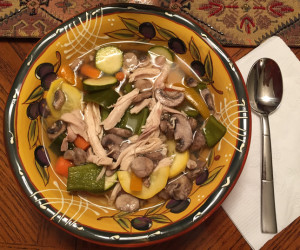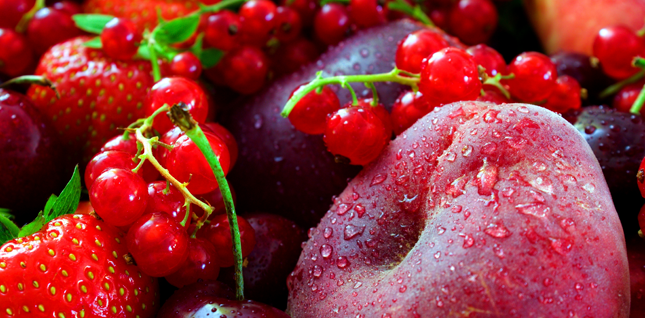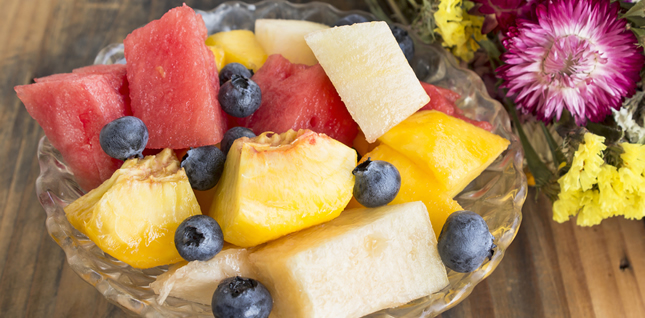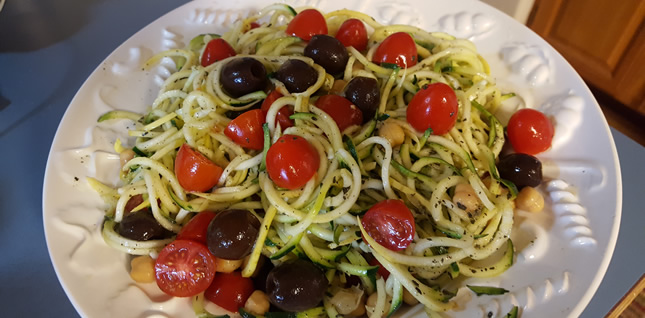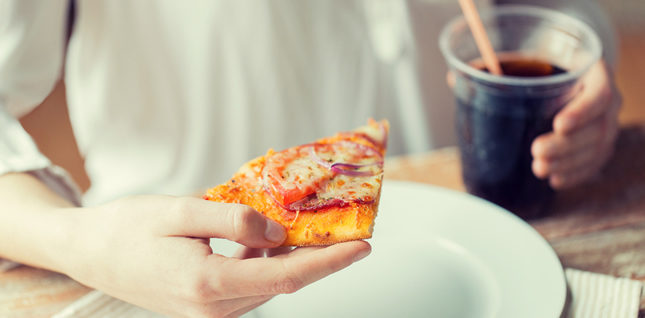Keep warm as the weather cools down.
Packed with protein and vegetables, this chicken soup recipe is full of flavor and loaded with nutrients—which makes for a hearty, healthy and fat-burning dish! It’s easy to cook and fills you up your belly. Plus, it’s a perfect meal when the weather cools down or if you’re feeling a little ill. And I mustn’t forget how well it freezes!

